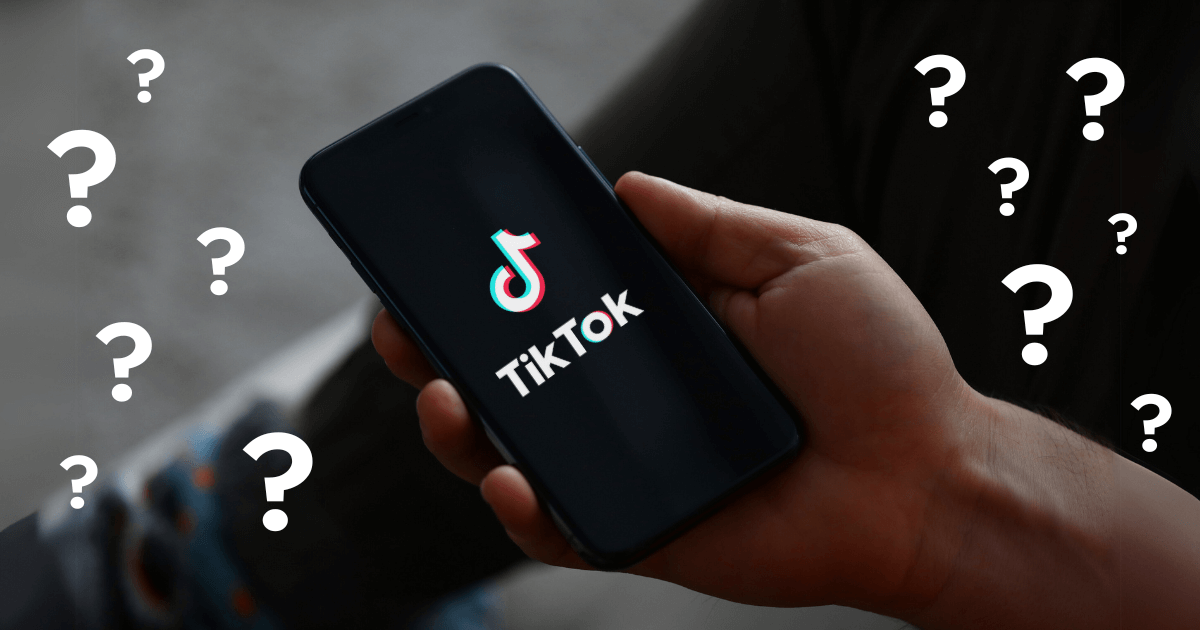
The U.S. government’s proposed ban on TikTok, set to take effect on January 19, 2025, has sparked widespread concern among its 170 million monthly active users in the U.S. and the marketers who rely on it to connect with audiences. Here’s a breakdown of the situation, the possible outcomes, and what users and marketers should do to prepare.
Why the Ban?
At the heart of the issue are concerns over national security and data privacy. TikTok’s parent company, ByteDance, is based in China, and U.S. officials fear that American user data could be accessed by a foreign government. This concern stems from broader geopolitical tensions and worries about data being used by a Communist state, adding urgency to the push for oversight or control of TikTok’s U.S. operations.
The Basics of the TikTok Ban
If the ban goes into effect, TikTok will be removed from app stores, halting new downloads and updates. Think of this as government-forced obsolescence, meaning that over time people will not be able to use TikTok anymore, but that no one would be required to delete the app from their phone or stop using it. While existing versions of TikTok would still function for a while, they would eventually become outdated and less secure as updates cease.
As of Monday, December 9th, TikTok has asked a federal appeals court to pause the ban to allow the Supreme Court time to review the case. If this appeal moves forward, two scenarios could unfold:
- The Court Declines the Case: The ban remains in place.
- The Court Agrees to Hear the Case: The ban would likely be paused while deliberations occur, potentially pushing a resolution to the summer, as the Supreme Court usually publishes decisions by late June or early July.
Which of these options occur remains to be seen.
The Bigger Picture: Control & Cash
At the core of this issue is data privacy and control. TikTok’s parent company, ByteDance, is based in China, which has raised concerns about how American user data might be accessed or used by a Communist state. The U.S. government wants oversight of TikTok’s American operations to address these security risks, but ByteDance has resisted these demands.
The stakes are high. TikTok generates $10 billion in annual revenue and is a dominant platform in social media. Negotiations have been ongoing, but neither side has shown much willingness to compromise. Analysts suggest that behind-the-scenes deals could still emerge, especially given the financial implications for all parties involved.
One notable development is Frank McCourt’s Project Liberty, a blockchain-based initiative proposing to acquire TikTok’s U.S. operations. This bid emphasizes privacy, safety, and democratic values, offering a potential path forward if ByteDance agrees to sell.
The potential outcomes:
- A U.S.-Based Solution: ByteDance sells TikTok’s U.S. operations to an American company. While this could resolve security concerns, it might also lead to changes that diminish the platform’s appeal.
- Extended Legal Battles: If no agreement is reached, years of legal wrangling could ensue, with TikTok’s future in limbo.
- A Global Shift: If TikTok disappears from the U.S. market, competitors like Instagram Reels, YouTube Shorts and ByteDance’s Lemon8 could gain new users. This would reshape the social media landscape, forcing users and marketers to adapt.
What Marketers Should Do Now
While the ban’s immediate impact could be significant, experts believe a complete shutdown of TikTok in the U.S. is unlikely. The financial stakes, combined with political complexities, make a behind-the-scenes deal the most probable outcome. However, marketers and users alike should use this as a wake-up call to prepare for a world where no single platform is guaranteed.
At this point, you should ensure that you take the three approaches to your marketing plan:
- Diversify Your Platforms: Avoid over-reliance on TikTok. Build a presence on other platforms that cater to your target audience.
- Focus on Email Marketing: Strengthen your email lists to maintain direct communication with your audience, regardless of social media disruptions.
- Stay Agile: Monitor developments closely and be ready to pivot your strategy as new platforms emerge or existing ones evolve.
“Marketers need to move beyond chasing trends and focus on building lasting foundations,” says Rocket55’s Social Media Director, Veronica Johnson. “The TikTok ban is a stark reminder that platforms are temporary, but strong strategies and genuine connections will always stand the test of time.”
Follow Rocket55 on LinkedIn for updates on the TikTok ban and all other industry developments!